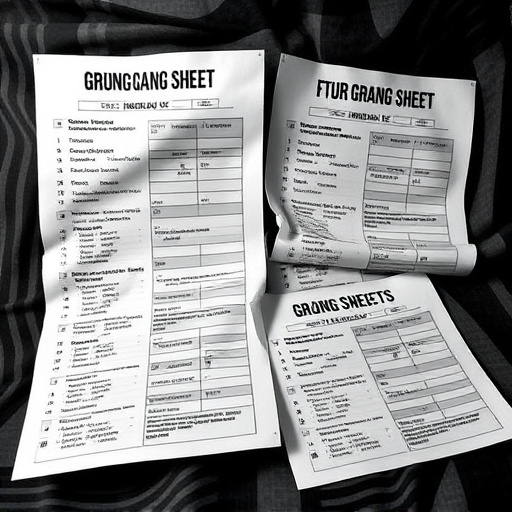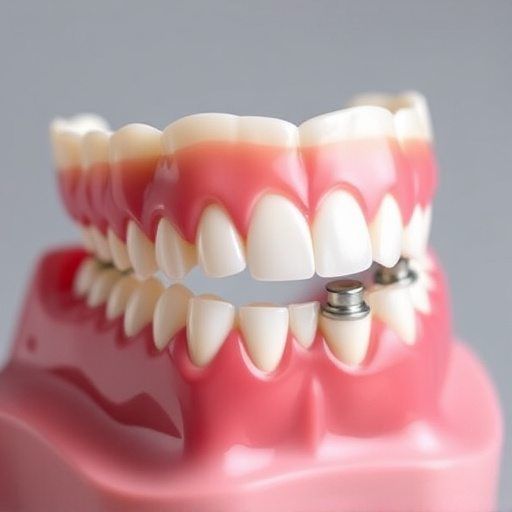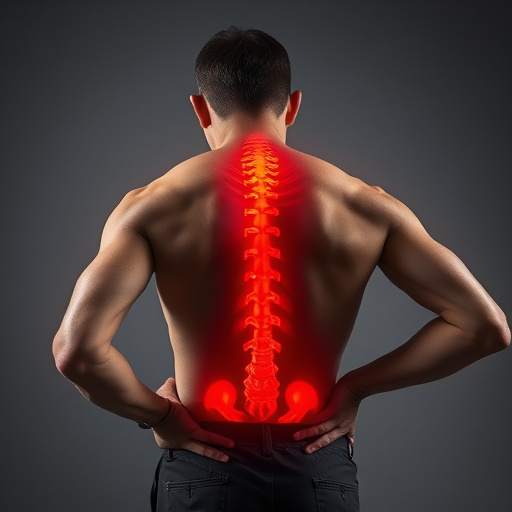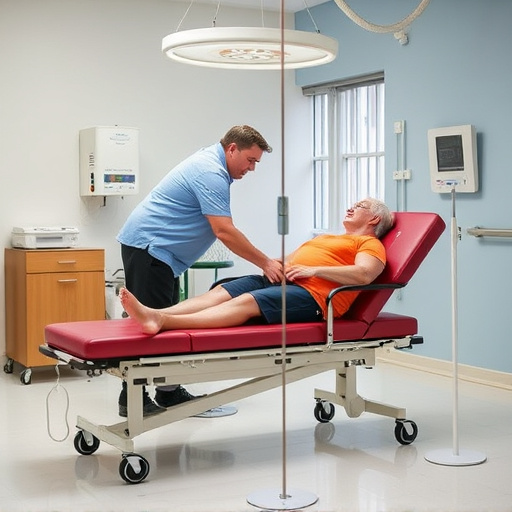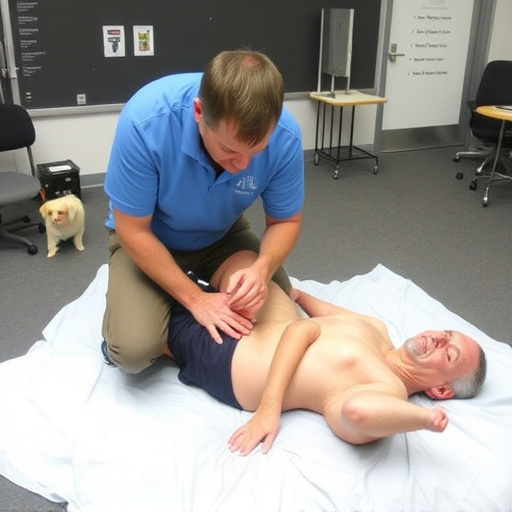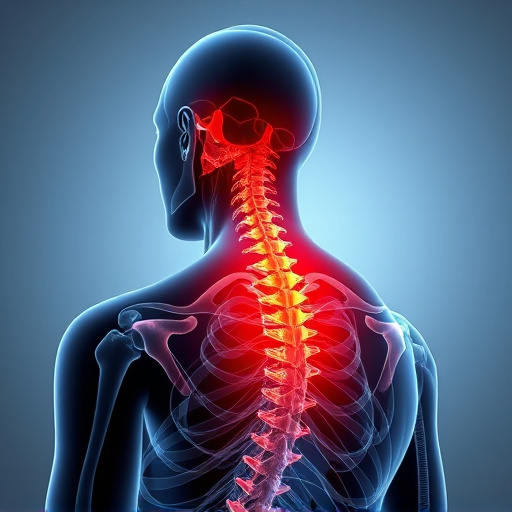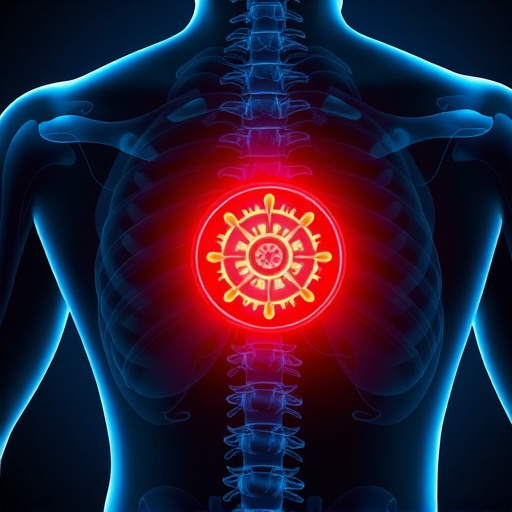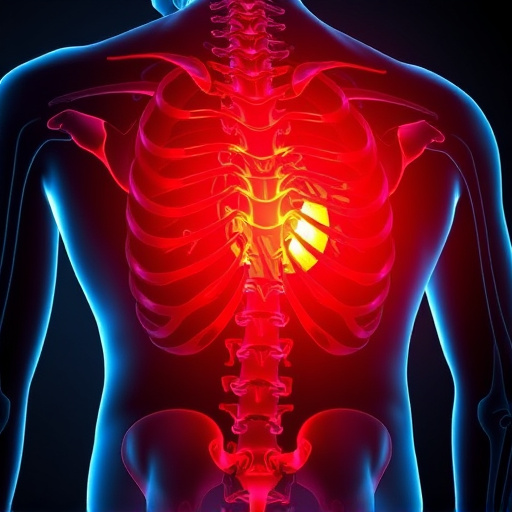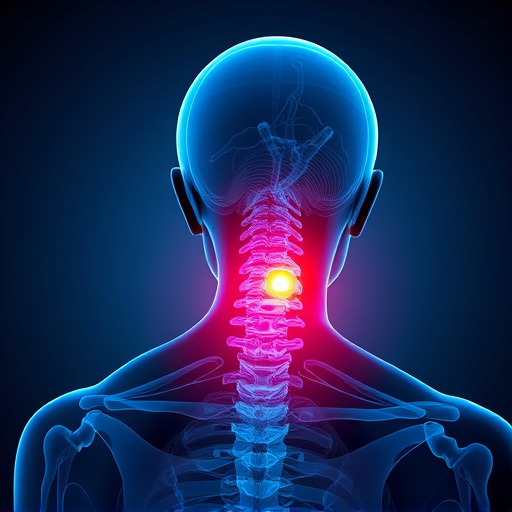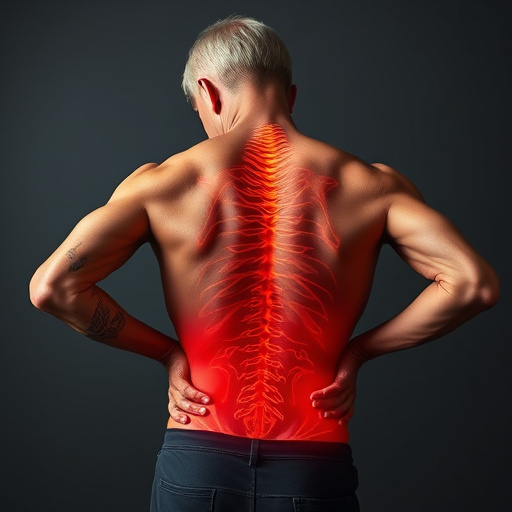Returning to sports after herniated disc treatment requires a structured plan combining rest, medication, physical therapy, and chiropractic care. Progress gradually from avoiding aggravating activities to gentle movements, specific exercises for strength and mobility, and eventually full-contact training with milestones set by healthcare professionals. Focus on strengthening core, back extensors, and abdominals through low-impact activities and targeted exercises to prevent future injuries while maintaining good posture in daily life for ongoing back and neck pain relief.
Returning to your athletic pursuits after herniated disc treatment can be a challenging yet rewarding journey. This article guides you through the process, offering insights into understanding your condition and navigating a safe return to sports. We explore effective recovery strategies, from post-treatment exercises to strengthening techniques, ensuring a successful transition back to your active lifestyle. By following these steps, you’ll gain the knowledge needed to conquer your herniated disc and reclaim your athletic performance.
- Understanding Herniated Disc Treatment and Recovery
- Creating a Safe Return to Sports Strategy
- Strengthening Your Body After Treatment: Exercises and Tips
Understanding Herniated Disc Treatment and Recovery
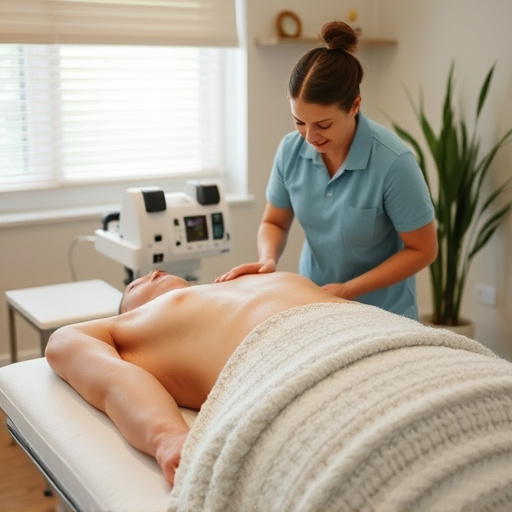
Returning to sports after herniated disc treatment requires a comprehensive understanding of the condition and its healing process. Herniated discs, often caused by sudden movements or trauma, can lead to significant back pain and even neurological symptoms. Treatment typically involves a combination of methods tailored to each individual’s needs. This may include rest, medication for pain and inflammation, physical therapy focusing on therapeutic exercises to strengthen the core and improve flexibility, and in some cases, surgical intervention.
The recovery process from herniated disc treatment is progressive. Initially, patients are advised to avoid activities that aggravate the pain, such as heavy lifting or high-impact sports. As healing progresses, gentle movements and specific therapeutic exercises become crucial for regaining strength and mobility. The goal is to restore function while ensuring stability and preventing future injuries. Personal injury chiropractic care can play a vital role in this journey, offering adjustments and guidance to facilitate the body’s natural healing mechanisms and ultimately enable athletes to return to their sports with enhanced back pain relief and improved performance.
Creating a Safe Return to Sports Strategy
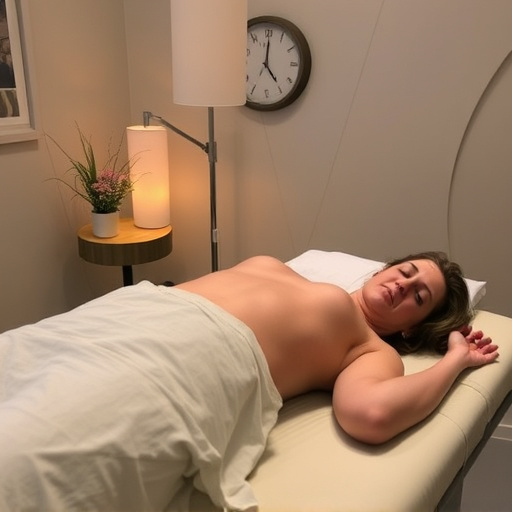
Returning to sports after herniated disc treatment requires a strategic approach focused on safety and gradual progression. Creating a comprehensive return-to-sports strategy involves several key components. Firstly, consult with your healthcare provider or a qualified chiropractor to assess your specific condition and determine an appropriate timeline for resumption of physical activity. They may recommend functional rehabilitation exercises tailored to strengthen your core, improve flexibility, and enhance overall stability – all crucial factors in preventing future injuries.
In conjunction with chiropractic treatment and rehab services, establish milestones marking each step of your return to sport. Start with light activities like walking or swimming, gradually progressing to more intense exercises and finally, full-contact training. Listen to your body, maintain open communication with your healthcare team, and adjust your routine as needed. This meticulous approach ensures a safe and successful return to sports, minimising the risk of re-injury and maximising performance.
Strengthening Your Body After Treatment: Exercises and Tips
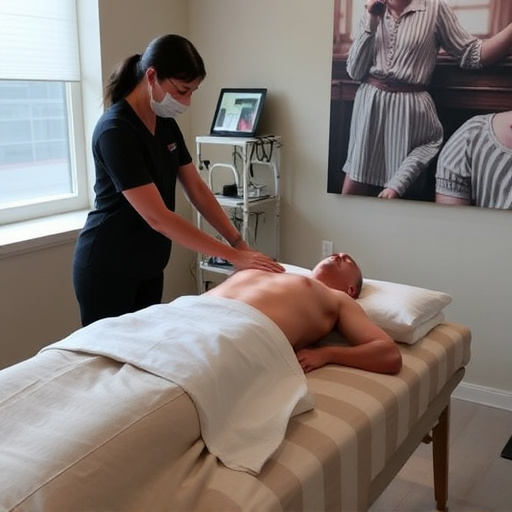
After successful herniated disc treatment, strengthening your body is crucial for a full recovery and preventing future musculoskeletal injuries. The focus should be on exercises that target core muscles, back extensors, and abdominals, as these play a vital role in supporting your spine. Start with simple, low-impact activities like swimming or cycling, which help improve flexibility and strength without putting excessive strain on your back.
Gradually incorporate targeted exercises such as pelvic tilts, bird dogs, and plank variations to strengthen key muscle groups. Remember, consistency is key; perform these exercises regularly to regain strength and stability. Additionally, maintaining good posture during daily activities can significantly contribute to back pain relief and neck pain relief, ensuring your body remains aligned and supported.
Returning to sports after herniated disc treatment requires a strategic approach. By understanding the recovery process, developing a safe return strategy, and incorporating targeted strengthening exercises, athletes can effectively regain their performance levels. Remember, each individual’s journey is unique, so consulting with healthcare professionals and customizing your rehabilitation plan are essential steps for a successful comeback. With dedication and the right techniques, it’s possible to reclaim your athletic prowess while managing disc health effectively.

